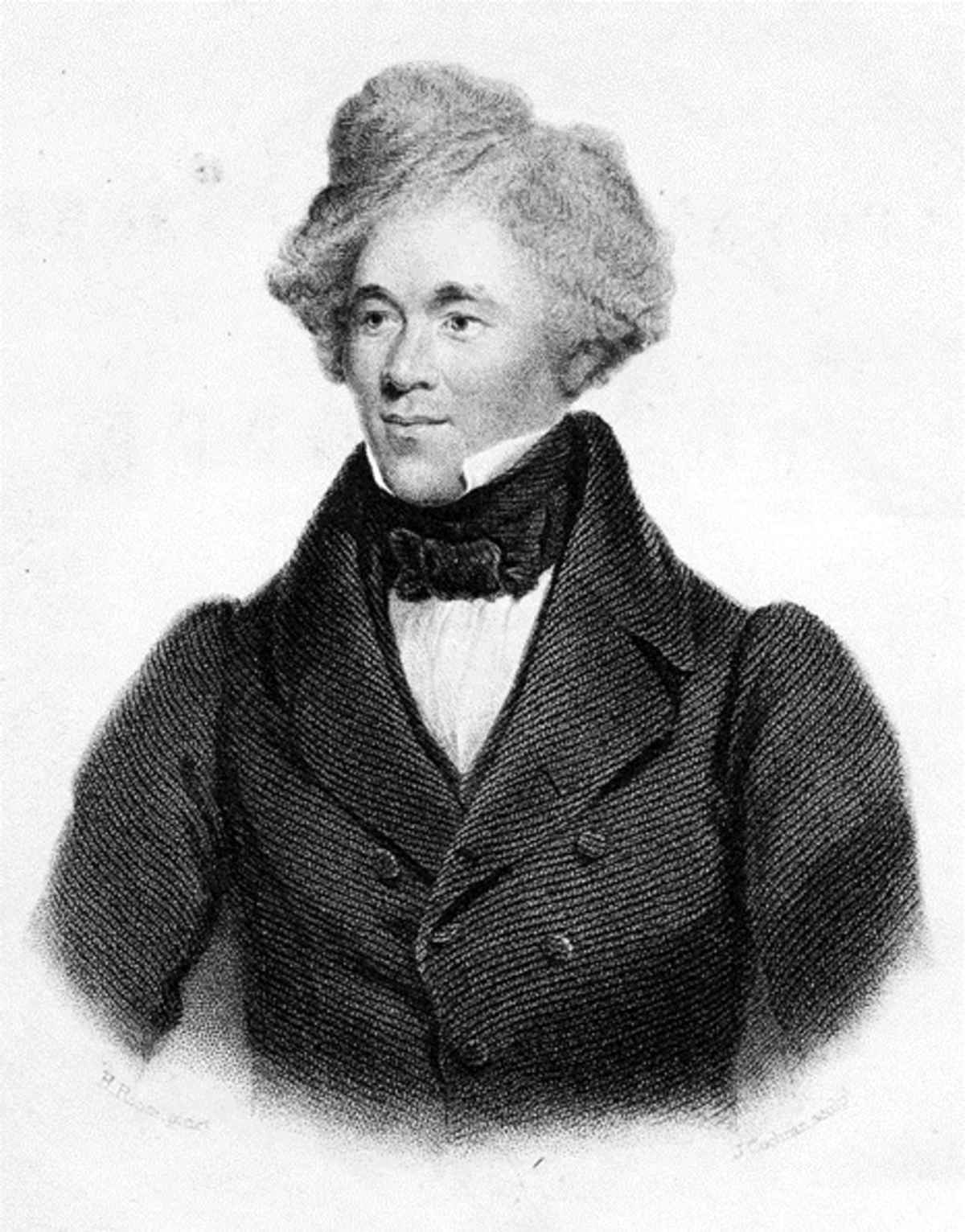In the spring of 1891, an elderly patient was brought into Boston’s city hospital. Seemingly dressed in everything he owned – four shirts, three pairs of pants, two overcoats – and accompanied by his dog Pete, the man was a curious sight. He suffered from a bad heart and bad kidneys, and when he died, faithful Pete had to be dragged from his side. The old man was buried in a pauper’s grave.
His beginning was as regrettable as his ending. Born into slavery around 1815 in Caswell County, North Carolina, he was the offspring of a half white mother and her white master. He would later write, “A few months before I was born, my father married my mother's young mistress. As soon as my father's wife heard of my birth, she sent one of my mother's sisters to see whether I was white or black, and when my aunt had seen me, she returned back as soon as she could, and told her mistress that I was white, and resembled [my father] very much…. Not being pleased with this report, she got a large club-stick and knife, and hastened to the place in which my mother was confined. She went into my mother's room with a full intention to murder me with her knife and club, but as she was going to stick the knife into me, my grandmother happening to come in, caught the knife and saved my life. But as well as I can recollect from what my mother told me, my father sold her and myself, soon after her confinement.”
At the age of seven, the boy was separated from his mother, and by the time he was twelve or thirteen, he had been sold half a dozen times, eventually being bought by a South Carolina cotton planter. For a few weeks, the planter had treated him kindly but then commenced flogging him severely on an almost daily basis. Over time, he attempted as many as twenty escapes, but he was captured and cruelly punished. On one occasion, he was stripped, tied to a rail, and whipped with 200 lashes.
He finally succeeded, though, escaping in 1824 and gradually making his way north to New York, where abolitionists helped him gain passage to London. Once literate, he wrote his autobiography, an illustrated narrative that recounted the horrors he had suffered in America. Soon, the former slave began lecturing in churches and town halls throughout Great Britain and Ireland and making the case for the abolition of slavery in the United States. He took a British wife, and they made their home in Canada, where their four daughters were born.
But hard times eventually once more befell him. By 1871, he and his wife were divorced, and he became seemingly estranged from his children. He returned to New England and began taking whatever employment was available. He was working as a farmhand when his strength gave out and, with around $100 in his pocket, he was placed on a train to Boston. It was there, at the city’s station, that he was found unconscious and transported to the hospital where he died.
So, who was this remarkable man? His name was Moses Roper, and by all accounts, his slave master father, Henry Roper, was a first cousin to my 5x great-grandfather, Hugh Yates, Sr., whose mother, Jemima Roper Yates, had come from Caswell County to present-day Wilkes County, North Carolina around the time of the American Revolution.
Moses’ memoir, "Narrative of the Adventures and Escape of Moses Roper from American Slavery," was his firsthand testimony of slavery’s abuses and would eventually sell more than 38,000 copies. I am proud to claim him as my kin.
